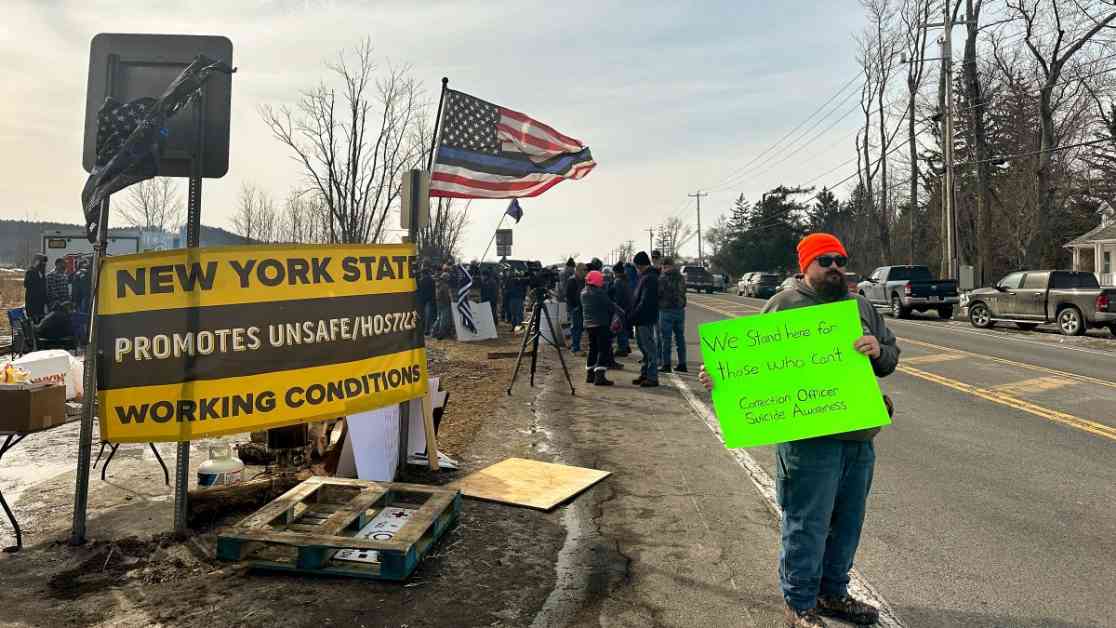More than 2,000 prison guards in New York State were terminated on Monday following a wildcat strike that lasted for 22 days, bringing the state’s correctional system to a standstill. Despite falling short of the 85% staff return rate required to end the strike, Commissioner Daniel Martuscello announced that the illegal work stoppage had officially concluded. The state and the guards’ union reached a new agreement over the weekend, contingent on a majority of staff returning to work by Monday morning. While the termination letters have been sent to those who did not comply, the state has committed to honoring the freshly negotiated terms, including overtime benefits and other provisions.
State of Affairs
The situation unfolded when disgruntled guards, dissatisfied with working conditions, began their unauthorized strike on February 17 at various state prisons, prompting Governor Kathy Hochul to deploy National Guard troops to maintain prison operations. The lack of adequate staffing led to deteriorating conditions behind bars, with inmates voicing concerns about their safety and well-being. The unfortunate death of a 22-year-old individual at a prison near Utica further heightened tensions, prompting a special investigation by a prosecutor.
Investigative Action
The death of Messiah Nantwi at the Mid-State Correctional Facility on March 1 is currently under scrutiny by Onondaga County District Attorney William Fitzpatrick, who has been appointed as a special prosecutor. The circumstances surrounding the incident remain shrouded in mystery, with a court filing from the attorney general’s office hinting at possible involvement of correctional officers in Nantwi’s demise. In response, fifteen prison staff members have been placed on administrative leave pending further investigation, reflecting the seriousness of the situation.
As the investigation unfolds, the broader issue of inmate safety and the conduct of prison personnel remains a focal point, especially in light of another criminal case involving six guards charged with murder following the death of Robert Brooks at the Marcy Correctional Facility. The proximity of these incidents underscores the urgent need for reform and accountability within the state’s correctional facilities to ensure the well-being of both inmates and staff alike.
The strike, though unauthorized and in violation of state regulations, highlighted the underlying tensions and grievances faced by prison guards, shedding light on the challenging conditions they navigate daily. The 90-day suspension of a provision limiting solitary confinement, as part of the negotiated deal to end the strike, represents a step towards addressing some of the guards’ concerns. Moving forward, the state Department of Corrections and Community Supervision has committed to implementing measures to support and retain its workforce, recognizing the critical role they play in maintaining safety and order within the correctional system.
In conclusion, the recent events in New York State’s correctional system serve as a stark reminder of the complex and often precarious nature of the prison environment. As the fallout from the wildcat strike continues to unfold, it underscores the need for collaborative efforts between stakeholders to ensure a safe and secure environment for both inmates and staff. The ongoing investigations into inmate deaths underscore the urgency of addressing systemic issues and fostering a culture of accountability and transparency within the state’s correctional facilities.












